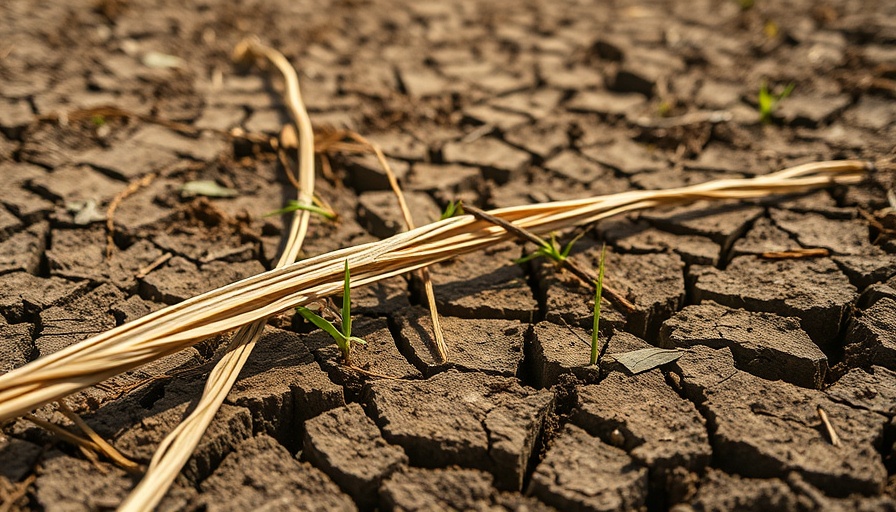
Understanding the Economic Impact of Heat Waves
Heat waves, while less visible than hurricane damage or wildfire destruction, can inflict significant economic harm. Farmers may face devastated crops, construction projects can stall, and critical services such as data centers may falter, impacting customers and revenue. As climate change accelerates these severe temperatures, the need for clear financial assessments surrounding heat waves has become increasingly urgent.
New Tools in Risk Assessment: The Role of Technology
The rise of innovative technology in the insurance sector is transforming how we evaluate heat-related risks. Traditional climate risk models have long focused on ice storms and hurricanes, often omitting the nuanced impact of extreme heat. However, firms like Cotality have begun offering heat-hazard modeling tools in their risk-analysis platforms, shedding light on how heat can disrupt various sectors. Additionally, advanced tools from Mercer are evaluating the health costs related to climate incidents, indicating that the ramifications of heat go beyond immediate property damage.
The Importance of Marginal Costs: Insurance and Heat Coverage
With the financial stakes rising, insurers are now exploring the concept of heat insurance. Unlike typical property risks, heat presents multifaceted dangers, including increased healthcare costs, production slowdowns, and labor absenteeism—all factors that can strain financial resources for businesses and households alike. Industry experts suggest that as we learn more about heat's impact, more bespoke insurance solutions will emerge to help shield policyholders from these otherwise overlooked risks.
Real-World Examples Paint a Concerning Picture
Real-life examples underscore the financial toll of heat. In California, extreme heat events have caused $7.7 billion in damage within just a decade, including losses from dairy production. This striking statistic exemplifies how extreme weather events intersect with agricultural productivity—a vital component of the economy that is vulnerable to shifts in climate. With ongoing studies revealing temperature increases and prolonged heat seasons, the focus on developing effective insurance products becomes ever more critical.
Preparing for the Future: Key Insights for Stakeholders
As the national discourse shifts towards understanding climate-related costs, stakeholders from insurers to business leaders must begin to account for the more indirect impacts of heat waves. The emerging field of climate risk modeling presents opportunities for risk management strategies that can be employed to mitigate losses. Now is the time for businesses to reassess their contingency plans and explore options like parametric insurance, which provide pre-defined payouts based on specific weather conditions, allowing for a more structured response to extreme heat events.
In conclusion, the financial implications of heat waves are often underestimated, but they can significantly impinge on productivity, health, and overall economic viability. It’s crucial to stay informed and explore protective measures like final expense insurance as part of a broader strategy to shield yourself and your family from unforeseen financial burdens. To explore how you can secure your financial future amidst rising heat challenges, visit us today.
 Add Row
Add Row  Add
Add 




 Add Row
Add Row  Add
Add 

Write A Comment